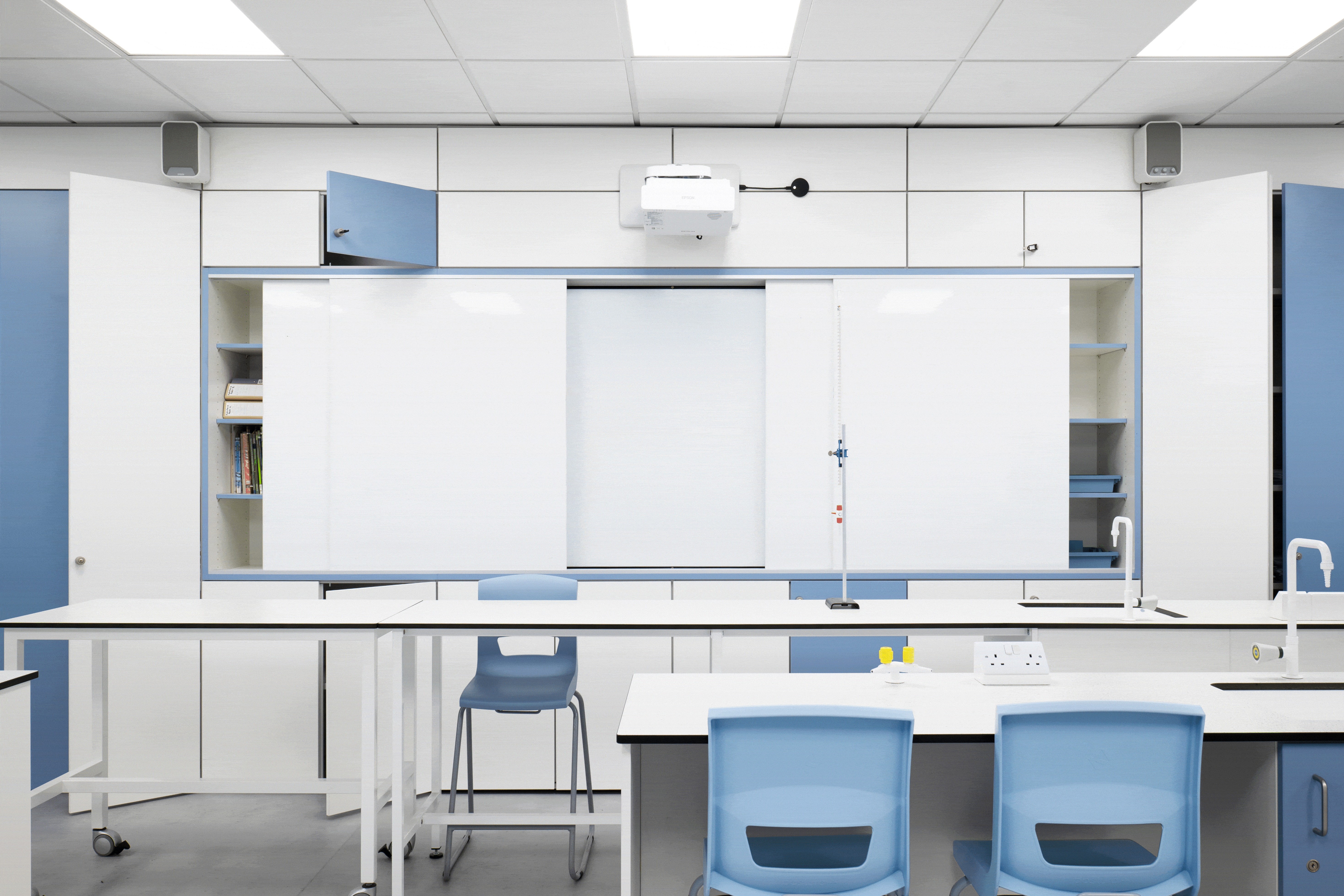It’s no secret that meaningful learning relies on understanding and comprehending the lesson content. Unfortunately, the presence of excessive noise in a classroom can hinder this. In fact, excessive noise and reverberation can cause students to miss up to 25% of information. Classroom noise encompasses more than just students talking; various other elements contribute to the challenges of hearing and understanding within a learning environment. However, more institutions are opening their eyes to the importance of enhanced acoustics, and for good reason.

Defining Classroom Acoustics
Classroom Acoustics and Mental Health
Speech Intelligibility

Attention and Concentration
Inclusive Education

How to Improve Classroom Acoustics
Now that we know the benefits enhanced classroom acoustics can offer, the question remains: how can it be approached? Let’s cover some steps any school can take to ensure their students gain the most from their learning environment.
Absorbers and Diffusers
Biophilia

Softer Surfaces
Soft furnishings, such as carpets, rugs, and upholstered furniture, play a crucial role in absorbing sound. Hard surfaces, like walls and floors, tend to reflect sound waves, leading to increased reverberation. Increasing the amount of soft furniture in the classroom can enhance sound absorption, reducing noise levels and improving speech clarity. Soft surfaces also help create a more comfortable and inviting learning environment.
Curtains
Fabrics
Fabrics, particularly cotton, can be excellent acoustic materials due to their sound-absorbing properties. Cotton-based soundproofing materials can absorb, disperse, and contain sound, contributing to better acoustics in the classroom. Using fabrics in wall coverings, drapes, or upholstery can help to minimise sound reflections and improve speech intelligibility.

Ceiling and Floor Panels

References:
- Impact on Health – Noise Awareness Day.
- World Health Organization: WHO (2010) “Noise,” www.who.int [Preprint].
- Reverberation In School Classrooms Explained | Acoustical Surfaces (2023).
- American Speech-Language-Hearing Association. Classroom Acoustics.
- Resonics (2021) Guide to Room Acoustics | Poor Room Acoustics | Resonics.



